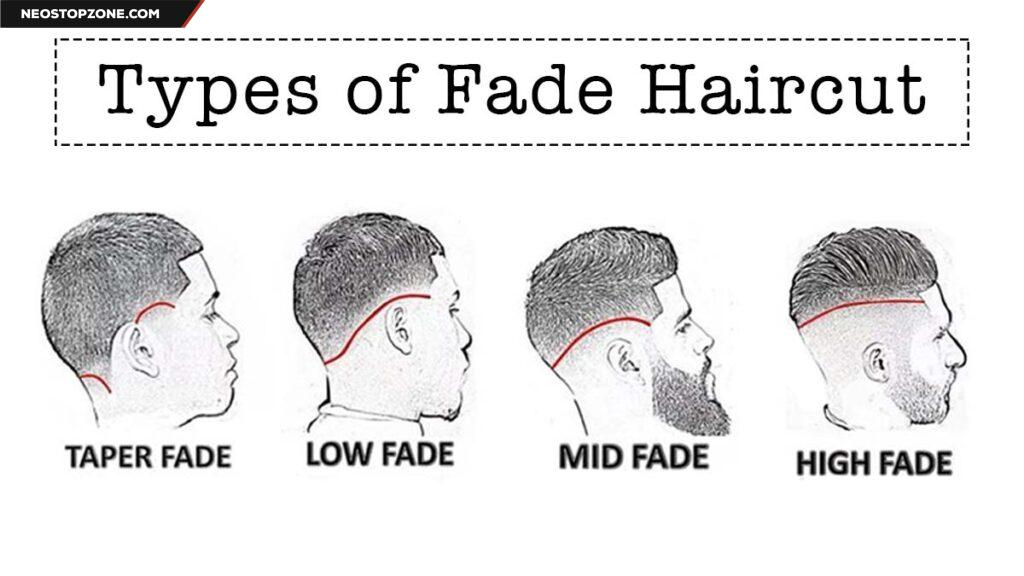
Introduction:
Split ends are a common hair problem that can make your locks look dull, damaged, and frizzy. They occur when the protective outer layer of your hair, the cuticle, becomes damaged and starts to peel away, resulting in split ends. While getting regular trims is the best way to remove split ends, there are also several steps you can take to repair them and prevent their recurrence. In this article, we will explore effective methods to repair split ends and provide tips on how to prevent them from forming in the first place.
1. Understanding the Causes of Split Ends
Before diving into the solutions, it’s important to understand the causes of split ends. Excessive heat styling, chemical treatments, over-brushing, and using harsh hair products are common culprits. Environmental factors like sun exposure and pollution can also contribute to split ends. By identifying the causes, you can modify your hair care routine accordingly.
2. Trim Regularly to Remove Split Ends
The first step in repairing split ends is to get a trim. Regular trims every 6-8 weeks will prevent split ends from traveling up the hair shaft, minimizing further damage. Remember, trimming does not make your hair grow faster, but it keeps the ends healthy and prevents the splitting from progressing.
3. Moisturize and Nourish Your Hair
Dry and brittle hair is more prone to split ends. To repair and prevent them, it’s crucial to moisturize and nourish your locks. Choose a hydrating shampoo and conditioner that suits your hair type. Additionally, incorporate a weekly deep conditioning treatment or hair mask into your routine to provide intensive moisture.
4. Avoid Excessive Heat Styling
Excessive heat styling tools such as flat irons, curling wands, and blow dryers can cause significant damage to your hair, leading to split ends. Whenever possible, allow your hair to air-dry naturally. If you must use heat styling tools, apply a heat protectant spray to minimize the damage. Use the lowest heat setting necessary and limit the frequency of use.
5. Be Gentle When Brushing
Brushing your hair too vigorously or using the wrong type of brush can contribute to split ends. Opt for a wide-toothed comb or a brush with soft bristles to detangle your hair gently. Start from the ends and work your way up, avoiding harsh tugging or pulling, which can cause breakage and split ends.
6. Protect Your Hair from Environmental Damage
Protecting your hair from environmental damage is crucial in preventing split ends. When spending time in the sun, wear a hat or use a hair sunscreen spray to shield your locks from harmful UV rays. Similarly, when swimming in chlorinated pools or saltwater, rinse your hair thoroughly afterward to remove any damaging residues.
7. Limit Chemical Treatments
Chemical treatments like hair coloring, perming, and relaxing can weaken the hair and make it more susceptible to split ends. If possible, limit the use of these treatments or opt for gentler alternatives. If you do undergo chemical treatments, ensure you follow up with regular deep conditioning treatments to restore moisture and minimize damage.
8. Eat a Healthy Diet
The health of your hair is influenced by your overall well-being. A nutritious diet rich in vitamins, minerals, and proteins can promote healthy hair growth and reduce the occurrence of split ends. Include foods like fruits, vegetables, lean proteins, and whole grains in your diet to provide essential nutrients for your hair.
9. Use Hair Oils and Serums
Hair oils and serums can work wonders in repairing split ends and preventing their formation. Look for products containing natural oils like argan oil, coconut oil, or jojoba oil. Apply a small amount to the ends of your hair daily to seal in moisture, reduce frizz, and protect against split ends.
10. Conclusion
Split ends can be frustrating, but with the right care and preventive measures, you can repair them and keep your hair healthy. Regular trims, proper moisturization, and protection from heat and environmental damage are key to preventing split ends. By incorporating these tips into your hair care routine and adopting a healthy lifestyle, you can achieve luscious, split-end-free locks.
FAQs:
1. Can split ends be repaired without trimming?
No, trimming is essential to remove split ends and prevent them from spreading further up the hair shaft.
2. How often should I deep condition my hair to prevent split ends?
You should deep condition your hair once a week to maintain moisture and prevent split ends.
3. Can using heat protectant sprays completely prevent split ends?
While heat protectant sprays can minimize damage, it’s best to limit heat styling and use other preventive measures as well.
4. Is it necessary to use professional hair products to prevent split ends?
No, you can find effective hair products at various price points. Look for products that suit your hair type and address your specific concerns.
5. Can split ends be reversed with home remedies?
Home remedies can provide temporary relief, but trimming and adopting a comprehensive hair care routine are the most effective ways to deal with split ends.
Remember, preventing split ends is an ongoing process that requires consistent care and attention. With proper maintenance and a few lifestyle adjustments, you can restore your hair’s health and bid farewell to split ends.
